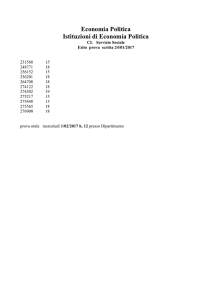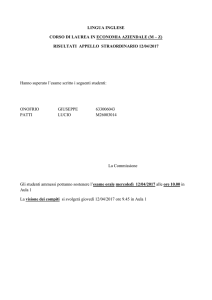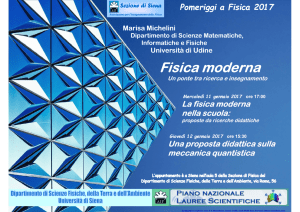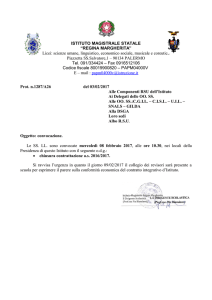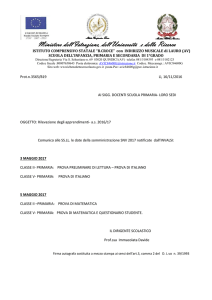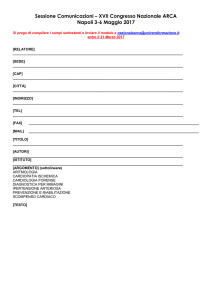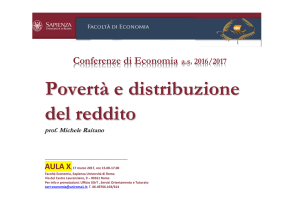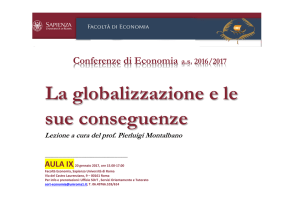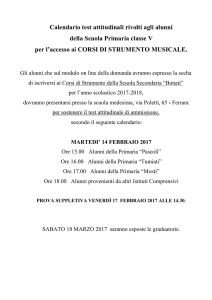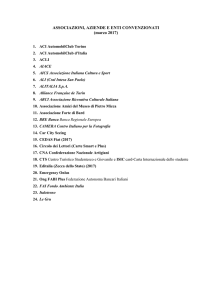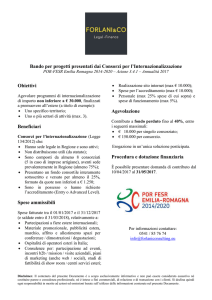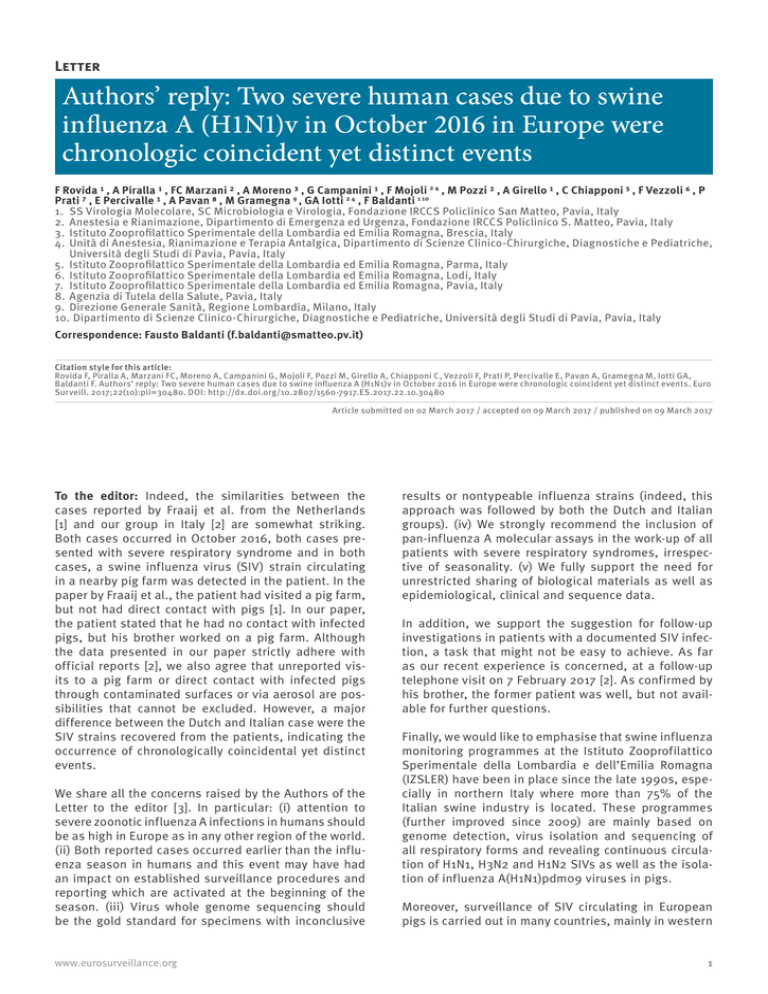
Letter
Authors’ reply: Two severe human cases due to swine
influenza A (H1N1)v in October 2016 in Europe were
chronologic coincident yet distinct events
F Rovida ¹ , A Piralla ¹ , FC Marzani ² , A Moreno ³ , G Campanini ¹ , F Mojoli 2 4 , M Pozzi ² , A Girello ¹ , C Chiapponi ⁵ , F Vezzoli ⁶ , P
Prati ⁷ , E Percivalle ¹ , A Pavan ⁸ , M Gramegna 9 , GA Iotti 2 4 , F Baldanti 1 10
1. SS Virologia Molecolare, SC Microbiologia e Virologia, Fondazione IRCCS Policlinico San Matteo, Pavia, Italy
2. Anestesia e Rianimazione, Dipartimento di Emergenza ed Urgenza, Fondazione IRCCS Policlinico S. Matteo, Pavia, Italy
3. Istituto Zooprofilattico Sperimentale della Lombardia ed Emilia Romagna, Brescia, Italy
4. Unità di Anestesia, Rianimazione e Terapia Antalgica, Dipartimento di Scienze Clinico-Chirurgiche, Diagnostiche e Pediatriche,
Università degli Studi di Pavia, Pavia, Italy
5. Istituto Zooprofilattico Sperimentale della Lombardia ed Emilia Romagna, Parma, Italy
6. Istituto Zooprofilattico Sperimentale della Lombardia ed Emilia Romagna, Lodi, Italy
7. Istituto Zooprofilattico Sperimentale della Lombardia ed Emilia Romagna, Pavia, Italy
8. Agenzia di Tutela della Salute, Pavia, Italy
9. Direzione Generale Sanità, Regione Lombardia, Milano, Italy
10.Dipartimento di Scienze Clinico-Chirurgiche, Diagnostiche e Pediatriche, Università degli Studi di Pavia, Pavia, Italy
Correspondence: Fausto Baldanti ([email protected])
Citation style for this article:
Rovida F, Piralla A, Marzani FC, Moreno A, Campanini G, Mojoli F, Pozzi M, Girello A, Chiapponi C, Vezzoli F, Prati P, Percivalle E, Pavan A, Gramegna M, Iotti GA,
Baldanti F. Authors’ reply: Two severe human cases due to swine influenza A (H1N1)v in October 2016 in Europe were chronologic coincident yet distinct events. Euro
Surveill. 2017;22(10):pii=30480. DOI: http://dx.doi.org/10.2807/1560-7917.ES.2017.22.10.30480
Article submitted on 02 March 2017 / accepted on 09 March 2017 / published on 09 March 2017
To the editor: Indeed, the similarities between the
cases reported by Fraaij et al. from the Netherlands
[1] and our group in Italy [2] are somewhat striking.
Both cases occurred in October 2016, both cases presented with severe respiratory syndrome and in both
cases, a swine influenza virus (SIV) strain circulating
in a nearby pig farm was detected in the patient. In the
paper by Fraaij et al., the patient had visited a pig farm,
but not had direct contact with pigs [1]. In our paper,
the patient stated that he had no contact with infected
pigs, but his brother worked on a pig farm. Although
the data presented in our paper strictly adhere with
official reports [2], we also agree that unreported visits to a pig farm or direct contact with infected pigs
through contaminated surfaces or via aerosol are possibilities that cannot be excluded. However, a major
difference between the Dutch and Italian case were the
SIV strains recovered from the patients, indicating the
occurrence of chronologically coincidental yet distinct
events.
We share all the concerns raised by the Authors of the
Letter to the editor [3]. In particular: (i) attention to
severe zoonotic influenza A infections in humans should
be as high in Europe as in any other region of the world.
(ii) Both reported cases occurred earlier than the influenza season in humans and this event may have had
an impact on established surveillance procedures and
reporting which are activated at the beginning of the
season. (iii) Virus whole genome sequencing should
be the gold standard for specimens with inconclusive
www.eurosurveillance.org
results or nontypeable influenza strains (indeed, this
approach was followed by both the Dutch and Italian
groups). (iv) We strongly recommend the inclusion of
pan-influenza A molecular assays in the work-up of all
patients with severe respiratory syndromes, irrespective of seasonality. (v) We fully support the need for
unrestricted sharing of biological materials as well as
epidemiological, clinical and sequence data.
In addition, we support the suggestion for follow-up
investigations in patients with a documented SIV infection, a task that might not be easy to achieve. As far
as our recent experience is concerned, at a follow-up
telephone visit on 7 February 2017 [2]. As confirmed by
his brother, the former patient was well, but not available for further questions.
Finally, we would like to emphasise that swine influenza
monitoring programmes at the Istituto Zooprofilattico
Sperimentale della Lombardia e dell’Emilia Romagna
(IZSLER) have been in place since the late 1990s, especially in northern Italy where more than 75% of the
Italian swine industry is located. These programmes
(further improved since 2009) are mainly based on
genome detection, virus isolation and sequencing of
all respiratory forms and revealing continuous circulation of H1N1, H3N2 and H1N2 SIVs as well as the isolation of influenza A(H1N1)pdm09 viruses in pigs.
Moreover, surveillance of SIV circulating in European
pigs is carried out in many countries, mainly in western
1
Europe, involving the networks European Surveillance
Network for Influenza in Pigs (ESNIP 1, 2 and 3) which
are aimed at expanding our knowledge on European
SIV epidemiology [4]. However, judging by the small
number of available SIV sequences, SIV surveillance
appears to be less rigorous and systematic in other
parts of Europe.
Conflict of interest
None declared.
References
1. Fraaij PL, Wildschut ED, Houmes RJ, Swaan CM, Hoebe CJ, de
Jonge HC, et al. Severe acute respiratory infection caused by
swine influenza virus in a child necessitating extracorporeal
membrane oxygenation (ECMO), the Netherlands, October
2016. Euro Surveill. 2016;21(48):30416. DOI: 10.2807/15607917.ES.2016.21.48.30416 PMID: 27934581
2. Rovida F, Piralla A, Marzani FC, Moreno A, Campanini G,
Mojoli F, et al. Swine influenza A (H1N1) virus (SIV) infection
requiring extracorporeal life support in an immunocompetent
adult patient with indirect exposure to pigs, Italy, October
2016. Euro Surveill. 2017;22(5):30456. DOI: 10.2807/1560-7917.
ES.2017.22.5.30456 PMID: 28183395
3. Adlhoch C, Penttinen P. Letter to the editor: Just a coincidence?
Two severe human cases due to swine influenza (SIV) A(H1N1)v
in Europe, October 2016. Euro Surveill. 2017;22(10):pii=30478.
4. Simon G, Larsen LE, Dürrwald R, Foni E, Harder T, Van Reeth
K, et al. European Surveillance Network for Influenza in Pigs:
Surveillance programs, diagnostic tools and swine influenza
virus subtypes identified in 14 European countries from 2010
to 2013. PLoS One. 2014;9(12):e115815. http://dx.doi.org/DOI:
10.1371/journal.pone.0115815 , 2014.
License and copyright
This is an open-access article distributed under the terms of
the Creative Commons Attribution (CC BY 4.0) Licence. You
may share and adapt the material, but must give appropriate
credit to the source, provide a link to the licence, and indicate if changes were made.
This article is copyright of the authors, 2017.
2
www.eurosurveillance.org

